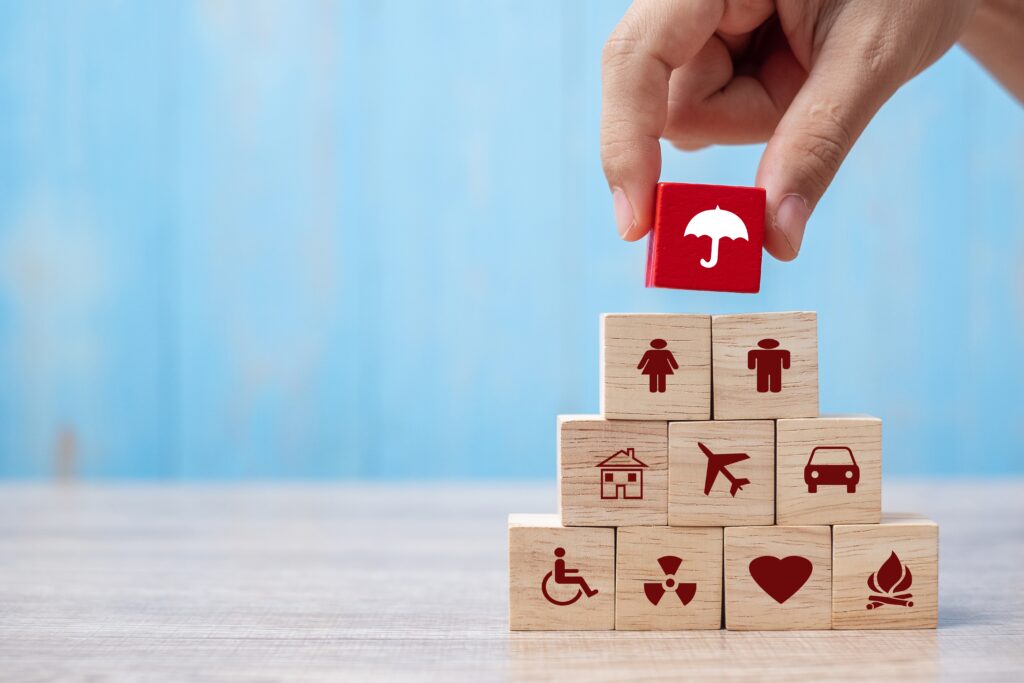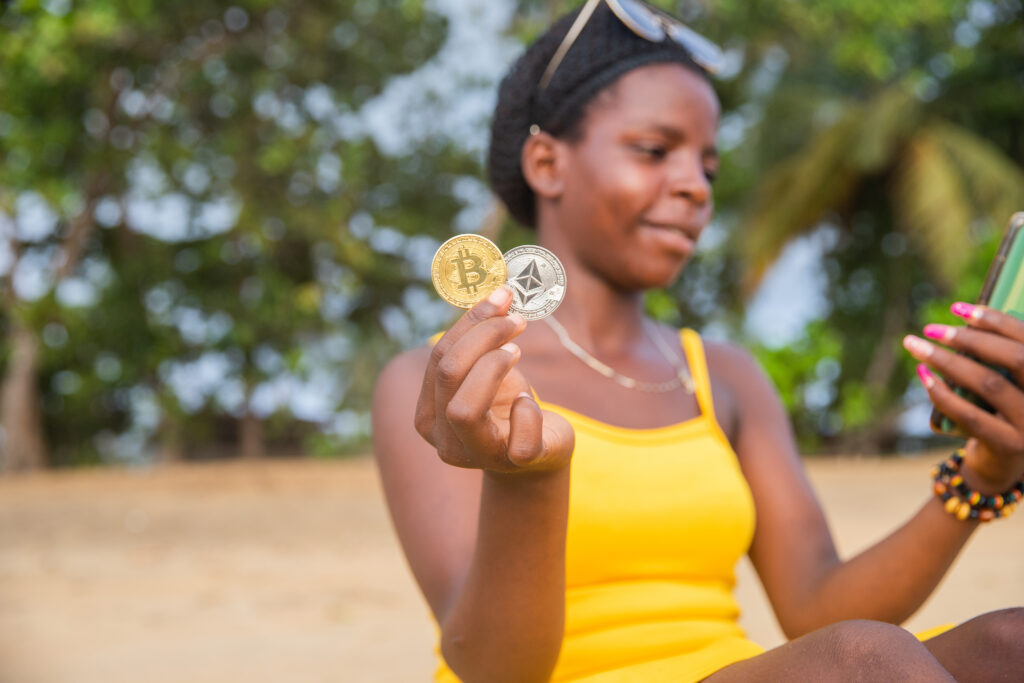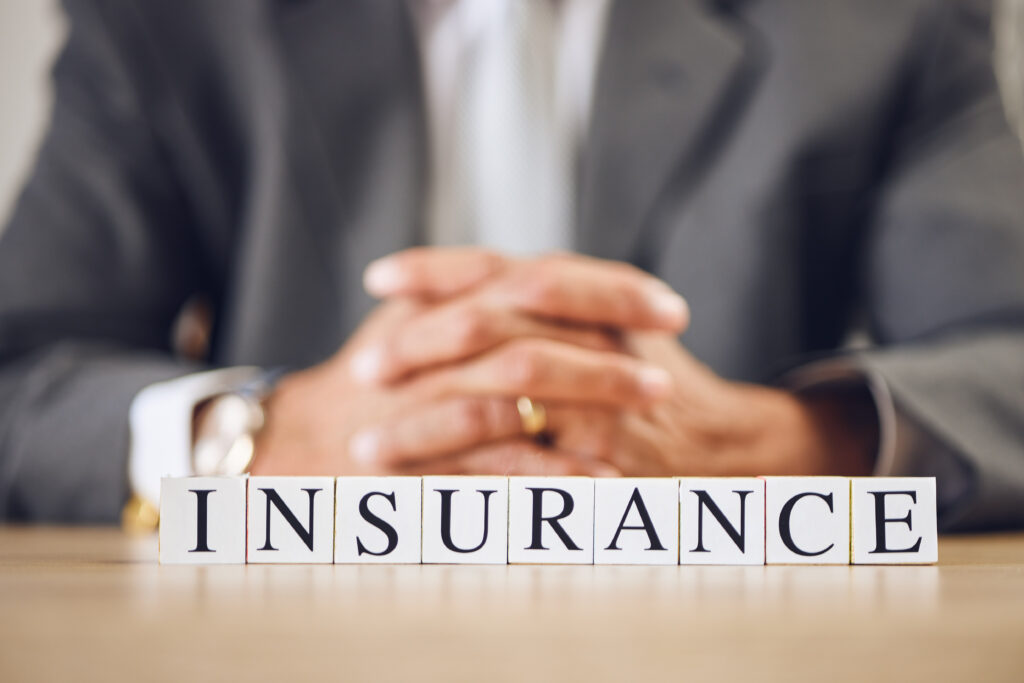A Simple Guide to Microinsurance for Low-Income Nigerians

That common cry Nigerians make after disaster strikes, “Ahhh, where do I start from”— captures the harsh reality of disasters without insurance. Recovery is not easy, but with insurance you are confident you can start from somewhere.
Taking this deeper with a popular situation which happened in Lagos, Nigeria in 2023, “a market fire in Lagos Island wiped out over ₦150m worth of goods. Most victims had been in the business for decades, but many of them had no insurance. For just ₦1,000 a month, many of them could have been back in business within weeks.”
That’s the promise of microinsurance: affordable protection for everyday Nigerians, especially those in the informal sector who make up over 80% of the workforce (NBS, 2022). Yet insurance penetration in Nigeria remains less than 2% of GDP (NAICOM, 2023), one of the lowest in Africa.
No matter how informal your job is, as long as it’s legal, microinsurance can mean the difference between bouncing back quickly or falling into poverty when disaster strikes.
This guide breaks it all down in plain language.
What is Microinsurance in Nigeria?
Microinsurance is low-cost insurance designed for low-income earners. It covers common risks like:
- Illness or hospitalization
- Death and funeral expenses
- Fire, theft, or property damage
- Accidents or disability
- Crop failure or livestock loss
Premiums are usually between ₦500 and ₦2,500 per month, much cheaper than a monthly data subscription in Nigeria. These policies are sold through channels people already use: churches, cooperatives, market associations, mobile money, and POS agents.
Why Microinsurance Matters in Nigeria
- A bulk of Nigerians, above 80% earn their living in the informal economy.
- A single accident, fire, or hospital bill can wipe out their savings.
- Families without insurance often rely on ajo, GoFundMe, or borrowing from loan apps with high interest rates at about 20–30% per month.
Real-life examples
- Chinedu, a mechanic in Aba, broke his arm and couldn’t work for six weeks. With no insurance, his family survived on loans from friends.
- Mama Titi, a petty trader in Ibadan, lost her kiosk to fire. With microinsurance, she got ₦150,000 compensation to restart.
- In Kaduna, a group of smallholder farmers insured their cassava crops. When floods hit in 2022, payouts were made within 72 hours using satellite data to verify rainfall.
How Microinsurance Works
- You pay a small premium (₦500–₦2,000) monthly or quarterly.
- Everyone’s money is pooled together.
- If disaster strikes, you get a payout.
- Policy usually lasts a year and is renewable.
Today, many microinsurance products are bundled into mobile money, cooperative savings, and microfinance loans. You don’t need bank accounts or complex paperwork anymore.
Types of Microinsurance in Nigeria
Here’s a quick snapshot of the most common plans:
| Type | Premium Range | Typical Coverage | Best For |
| Life | ₦500–₦1,500/month | ₦50k–₦500k lump sum, funeral costs | Traders, okada riders, artisans |
| Health | ₦1,000–₦2,500/month | Basic consultations, drugs, lab tests | Families without NHIS/HMO cover |
| Accident | ₦500–₦1,200/month | Medical bills, loss of income, accidental death payout | Transport, factory, construction workers |
| Property | ₦1,500–₦3,000/month | ₦100k–₦1m for fire, theft, flood | Shop owners, kiosk traders, tailors |
| Agricultural | ₦1,000+/month | Crop failure, pest attacks, livestock loss | Smallholder farmers & cooperatives |
Benefits of Microinsurance
- Affordable : low as ₦500 per month.
- Accessible
- Simple – Clear, easy-to-understand terms.
- Quick Claims – Payouts often in 3–7 days.
- Financial Security – Protects savings from being wiped out.
Popular Microinsurance Providers in Nigeria
| Provider | Products Offered | Where to Access |
| GOXI Microinsurance | Life, Health, Property | Mobile apps, field agents |
| Cassava Microinsurance | Life, Health | Mobile money, fintech apps |
| AXA Mansard Microinsurance | Health, Accident | Online, mobile, agents |
| Mutual Benefits Microinsurance | Life, Burial, Property | Associations, co-ops |
| Turaco (formerly MicroEnsure) | Health, Life | Airtel & MTN partnerships |
👉 Always verify if a provider is licensed by NAICOM at naicom.gov.ng.
How to Buy Microinsurance
- Mobile phone – MTN, Airtel, and Glo bundles with USSD or apps.
- Cooperatives or trade groups – Bundled with thrift and ajo.
- Microfinance banks – Linked to loans and savings.
- Agents and POS operators – Licensed insurance field agents.
- Everyday platforms – Some e-commerce and ride-hailing services now include insurance at checkout.
What to Check Before Buying
- Coverage: What risks are covered? Any exclusions?
- Sum assured: Is payout enough to cover real costs?
- Claims process: How do you file for your claims ? What documents are required?
- Renewal terms: What happens if you miss a payment?
- Licensing: Confirm on NAICOM’s official website.
Challenges Facing Microinsurance in Nigeria
- Low awareness and financial literacy.
- Lack of trust due to fake agents.
- Limited reach in rural areas.
How Microinsurance Works”
Infographic 2: “Types of Microinsurance in Nigeria”
Conclusion
Insurance is not just for the rich or the corporate elite. Whether it’s a ₦500 health plan, a property cover for your shop, or agricultural insurance for your farm, there’s now a safety net designed for you.
👉 Takeaway: For the price of a suya or shawarma, you can secure your tomorrow. Don’t wait until disaster strikes—ask your cooperative, mobile provider, or microfinance bank about microinsurance today.
FAQs About Microinsurance in Nigeria
Q: Is microinsurance legit?
Yes. Only providers licensed by NAICOM can sell it.
Q: Do I need a bank account?
No. Most plans work via mobile phones or POS agents.
Q: How fast are claims paid?
Many insurers pay within 3–7 days for health and life policies.
Q: Can I buy it for my family?
Yes. Many policies allow coverage for spouses, children, and dependents.




















